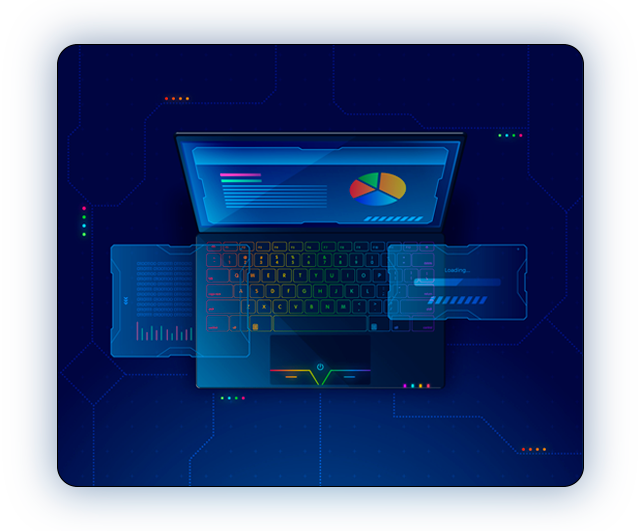Fully Cycle Incident Response Capabilities

Policy Scheduler
Regular scans and checks are scheduled to ensure continuous monitoring and compliance with security policies.
Alerts
The system detects unauthorized activity such as an attempt to access restricted files or applications.
Risk Ranking
Each alert is assigned a risk level based on the severity and potential impact of the incident.
Detection Phase
Eradication Phase

Eradication Phase
Identify and locate any files that were accessed or modified during the incident for further analysis or restoration.
Automatic Watermarking on Screen Capture
Implement watermarking on sensitive documents to deter unauthorized sharing or distribution.
Screenshots Restriction
Restrict the ability to take screenshots to prevent leakage of sensitive information.
Print Blocking
Prevent unauthorized printing of sensitive documents to minimize data exfiltration risks.
Analysis Phase
End-User Activity Report
Capture Screenshots Taken
Application Monitoring

Web Tracking

Email Activities
Application Control

USB Control
Two-Factor Authentication
Recovery Phase
USB Monitoring
Monitor USB activity to ensure that no unauthorized data transfers occur during the recovery process.
Print Tracking
Track printing activities to identify any attempts to print sensitive information during the recovery phase.
Tracking Clipboard Data Transfer
Monitor clipboard activity to detect and prevent unauthorized copying and pasting of sensitive data.
Lessons Learned Phase
Session Activities
Review session logs to understand how the incident occurred and identify any gaps in security measures.
Reports
Generate detailed reports on the incident, including the timeline of events, actions taken, and lessons learned.
Policy Updates
Update security policies and procedures based on insights gained from the incident to strengthen defenses against future threats.



